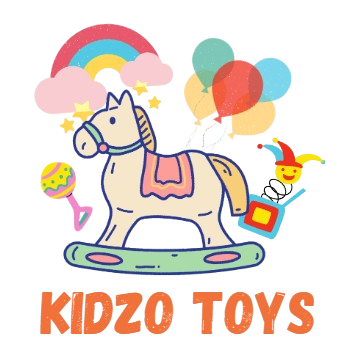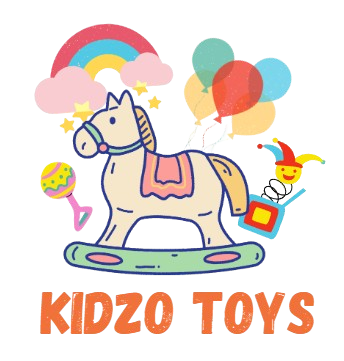Blog
Is The Toy Easy To Clean And Maintain?
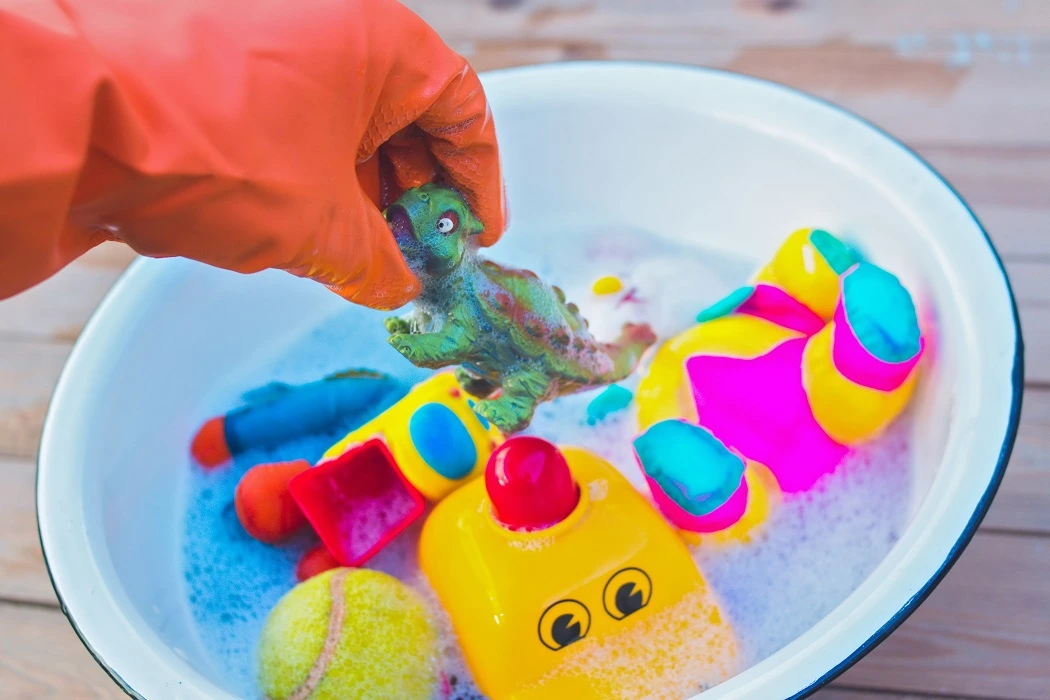
Introduction
When selecting toys for children, most parents focus on excitement, educational value, age-appropriateness, or developmental alignment. However, one crucial but often overlooked aspect is cleanliness and maintenance. The question “Is the toy easy to clean and maintain?” should be central to every purchase decision. Children, especially toddlers and preschoolers, interact with their toys using more than just their hands—they lick them, hug them, roll them on the floor, and bring them into every imaginable space, including bathrooms and kitchens. These interactions make toys ideal carriers for dirt, bacteria, and allergens if they aren’t cleaned regularly. A toy that’s difficult to clean not only risks your child’s health but also adds an extra burden to your already packed schedule. In this comprehensive guide, we explore the importance of toy hygiene, discuss various materials and how they affect cleaning, offer maintenance strategies, and help parents make smart buying decisions for their child’s health and happiness. Please visit this.
Why Toy Cleanliness Matters More Than You Think?
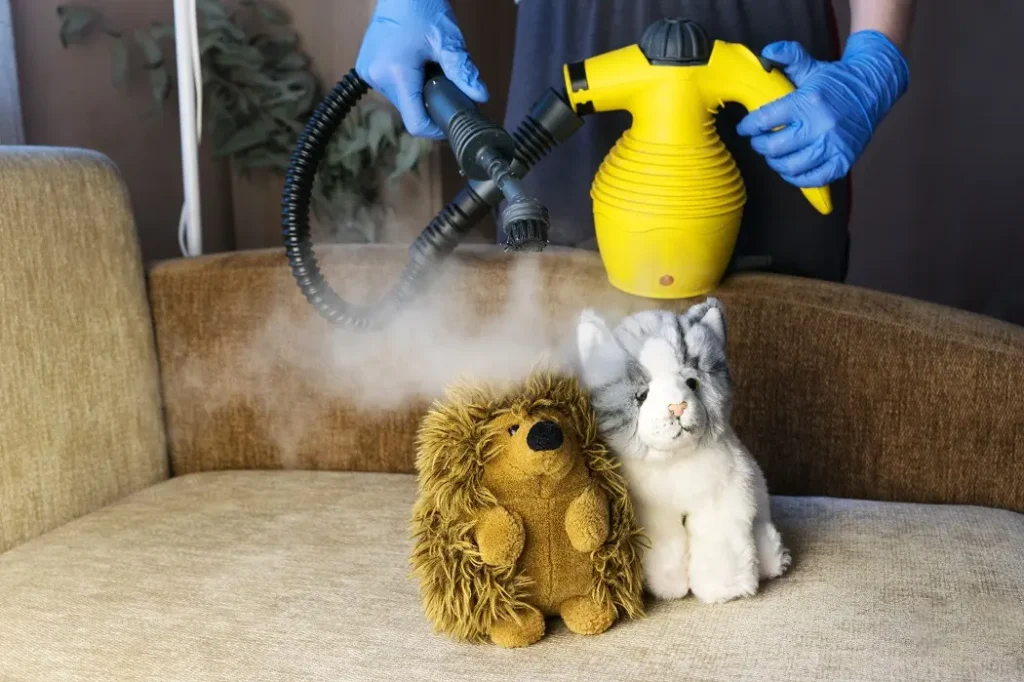
Toys are more than playthings; they are constant companions for children, often used at home, outdoors, in preschools, and even during mealtime. Due to this omnipresence, they frequently come into contact with food, dirt, saliva, pet hair, and other environmental contaminants. Since young children are still developing immune systems, they are especially vulnerable to germs that accumulate on toys. Unclean toys can become breeding grounds for bacteria such as E. coli, staphylococcus, and salmonella. Moreover, allergens like dust mites and mold spores can accumulate in soft toys, triggering allergic reactions or respiratory issues in sensitive children. Ensuring toys are easy to clean and maintain isn’t merely about aesthetics or order—it directly contributes to your child’s health and well-being.
Materials Matter: Understanding What You’re Really Buying
One of the first factors to consider when evaluating a toy’s cleanliness potential is its material. Plastic toys, especially those made with smooth, non-porous surfaces, are generally the easiest to clean. They can usually be wiped down with a disinfectant or washed with soap and water. Silicone toys, often used in teething products or bath toys, are also highly hygienic and easy to sterilize, sometimes even dishwasher-safe. On the other hand, fabric toys, while soft and comforting, tend to absorb moisture, dust, and bacteria. These require machine washing or spot-cleaning, which may not always remove deep-seated dirt. Wooden toys are aesthetically pleasing and often eco-friendly, but they are porous and can harbor germs if not cleaned carefully. Understanding these materials is essential for choosing toys that won’t become a hygiene headache.
Maintenance Frequency And Parental Load
Parents are often juggling multiple responsibilities, and adding frequent toy cleaning to the list can feel overwhelming. Therefore, toys that are easy to clean not only reduce the risk of illness but also minimize the time and energy required for upkeep. Toys that require special cleaners, take hours to air dry, or fall apart after one wash are impractical for modern families. Easy maintenance is especially important for toys that are used frequently, shared among siblings, or taken outside. Toys that can withstand a quick wipe-down or a cycle in the dishwasher or washing machine offer convenience and peace of mind. Time-saving solutions allow parents to focus more on engaging with their children and less on scrubbing dried cereal out of a toy’s crevices.
Cleaning Instructions And Manufacturer Transparency
Before buying a toy, check whether the manufacturer provides clear and practical cleaning instructions. The best toy brands understand parental concerns and make cleanliness a priority by providing detailed care labels, packaging information, or online guidelines. If a toy doesn’t come with proper maintenance advice, that’s often a red flag. Some toys might look simple to clean but require disassembly or are made from incompatible materials that degrade with typical cleaning products. Toys designed with hygiene in mind will often indicate if they are dishwasher-safe, machine-washable, or require only a damp cloth. Transparency builds trust, and a brand that clearly communicates how to care for their product shows a commitment to both safety and customer satisfaction.
Toys For Babies And Toddlers: Cleanliness Is Crucial
Young children are notorious for putting everything in their mouths. Teething rings, plush toys, rattles, and bath toys all end up being chewed on, drooled over, and dragged through the dirt. For this age group, ease of cleaning is a non-negotiable requirement. Avoid toys with complicated mechanisms, deep grooves, or cloth coverings that can trap moisture and become moldy. Choose items that can be sterilized or boiled, particularly for infants. Toys that can withstand hot water or sanitizing wipes are ideal. Also, bath toys should have sealed holes to prevent water from getting inside, where mold can grow unseen. Toys that meet high cleanliness standards protect your child during their most vulnerable years and set the tone for hygiene habits as they grow.
Outdoor Vs. Indoor Toys: Managing Dirt And Contamination
Some toys are exclusively for outdoor use, while others cross between indoor and outdoor play. The transition from sandbox to living room floor can introduce a host of cleanliness challenges. Outdoor toys are exposed to mud, bird droppings, pollen, and even chemicals like pesticides, depending on where they’re used. When these toys come indoors, they can bring contaminants with them. The best toys for both environments are those that can be easily rinsed with a hose, submerged in water, or cleaned with eco-safe disinfectants. Keeping indoor-only toys in a designated area also helps minimize cross-contamination. For dual-use toys, choose ones made from durable, washable materials like hard plastic or coated rubber, which allow for regular and thorough cleaning without damage.
Sanitization In Shared Settings Like Schools And Daycares
Toys in shared spaces like preschools, nurseries, and playgroups pose a heightened risk of spreading infections. These settings require toys that are not only educational and engaging but also resilient to constant cleaning. Toys that are bleach-safe, quick-drying, and free from small parts are preferred in such environments. Items should be capable of daily disinfection without losing color, form, or function. Parents purchasing toys for home use that are similar to those used in daycare can take a cue from institutional standards. Choosing toys that meet these high-maintenance criteria ensures they remain hygienic and durable even with repeated use, reducing the need for constant replacement and helping prevent illness outbreaks among children.
Design Simplicity: The Key To Cleanability
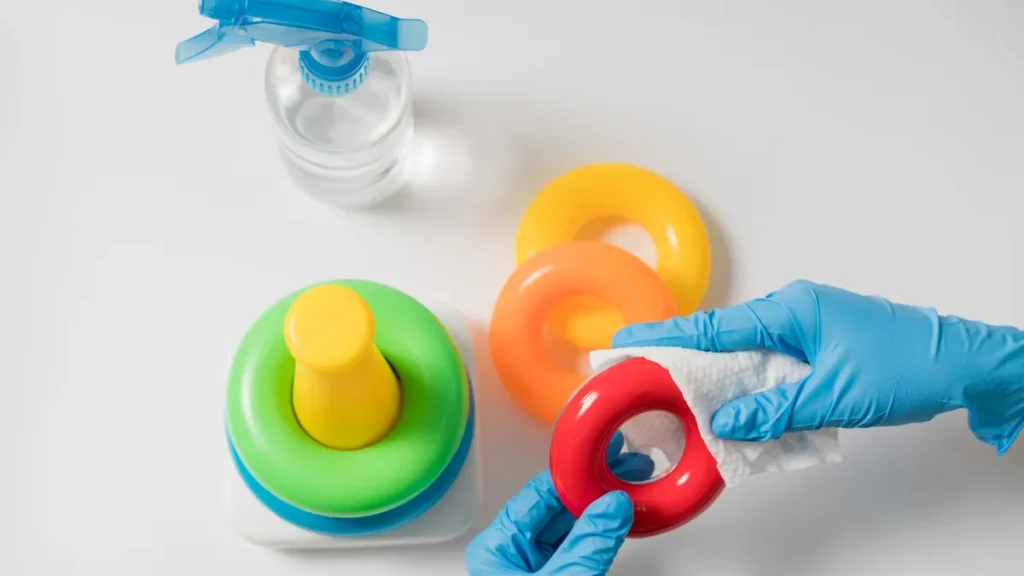
Complex toys with buttons, gears, compartments, and moving parts may provide entertainment and educational value, but they can also be traps for dirt and germs. Toys with fewer seams, crevices, or layers are much easier to keep clean. Design simplicity doesn’t mean the toy lacks functionality—it means that the functionality is achieved without creating hygiene issues. Smooth contours, single-material construction, and minimalistic design go a long way in making maintenance manageable. Even high-tech toys can be made easy to clean if designers take parental needs into account. Simple doesn’t mean boring—it means smart, sustainable, and safe.
Storage Practices That Complement Easy Maintenance
A toy that is easy to clean can still become a hygiene problem if not stored properly. Dust, pet dander, and humidity can undo even the best cleaning efforts. Storage solutions such as clear bins, labeled containers, or breathable mesh bags help keep toys clean between uses. Toys stored in bathroom or kitchen areas should be especially protected from moisture and bacteria. Easy-to-clean toys should be paired with easy-to-clean storage, ensuring a consistent standard of hygiene. Teaching children to store their toys properly is another way to reinforce cleanliness habits and responsibility. Cleanliness is not just about wiping toys—it’s also about organizing them in a way that supports long-term hygiene.
Environmental And Allergy Considerations
Children with allergies, asthma, or skin sensitivities require an even higher level of cleanliness. Toys that trap dust, mold, or pet hair can aggravate their symptoms. For these children, hypoallergenic toys that can be cleaned daily or sterilized weekly are ideal. Materials like silicone, stainless steel, or medical-grade plastic are preferable. For soft toys, look for machine-washable options that can be dried completely to avoid mold growth. Maintaining a cleaning routine becomes more critical in such cases. Easy-to-clean toys can help manage these medical conditions more effectively while still providing joy, stimulation, and comfort to the child.
The Financial Wisdom Of Choosing Cleanable Toys
Replacing a toy that’s become too dirty, moldy, or damaged during cleaning is not only frustrating—it’s financially wasteful. Parents who choose toys that are built for durability and easy maintenance save money over time. These toys last longer, look better, and stay safer, providing long-term value. Investing in a toy that’s washable or sanitizable may cost a little more upfront, but it pays off by avoiding replacements and medical bills due to preventable infections. Moreover, these toys hold resale value better when in good condition. Choosing smart now means saving later—and that’s a lesson every parent can appreciate.
Eco-Friendly Cleaning Options And Sustainable Practices
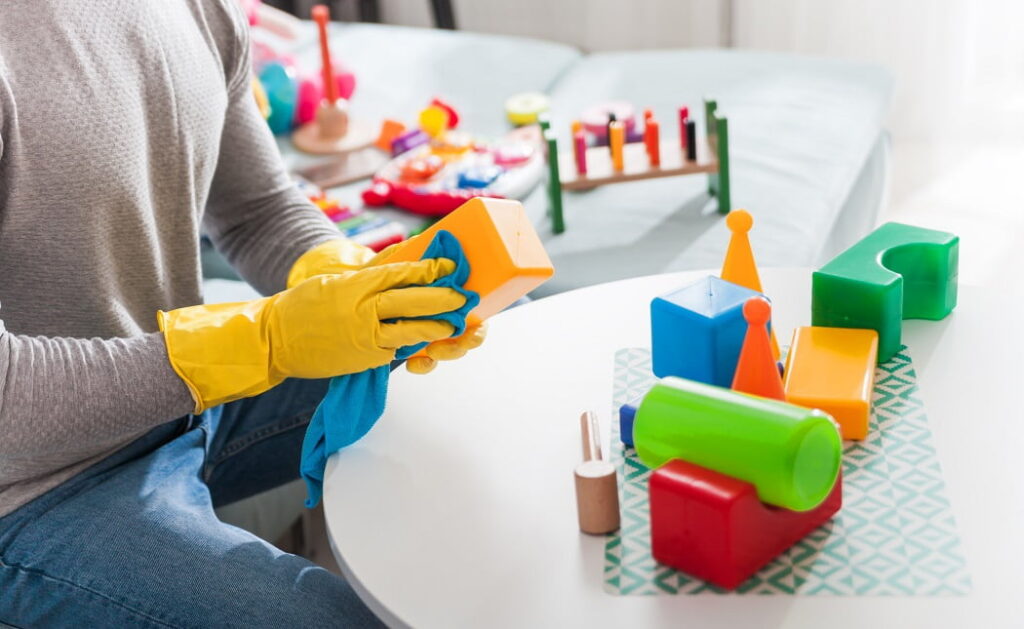
Many parents today are also concerned about their environmental impact. Luckily, easy-to-clean toys often require minimal and eco-friendly cleaning agents such as vinegar, baking soda, or biodegradable soaps. This not only ensures that toys are safe for the child but also minimizes harmful chemicals in the home. Choosing easy-to-maintain toys that don’t rely on harsh detergents supports a greener household. Brands that emphasize sustainability often design their toys with both environmental and hygienic best practices in mind, offering a more holistic solution for modern parents. Keeping toys clean doesn’t have to come at the cost of harming the planet.
Conclusion
In the world of parenting, ease of maintenance is more than a convenience—it’s a necessity. A toy that’s hard to clean can quickly become a health hazard, a source of stress, and an unwanted chore. On the other hand, toys that are easy to clean and maintain make daily life smoother, safer, and healthier. They protect your child from germs, prevent allergic reactions, support sustainable living, and even offer better long-term financial value. As you evaluate toys for your child, don’t just consider how fun or educational they are—think about how easily they fit into your life. Cleanable, durable, and simple toys support not only your child’s development but also your peace of mind. Choosing them is not just good parenting—it’s smart living.
